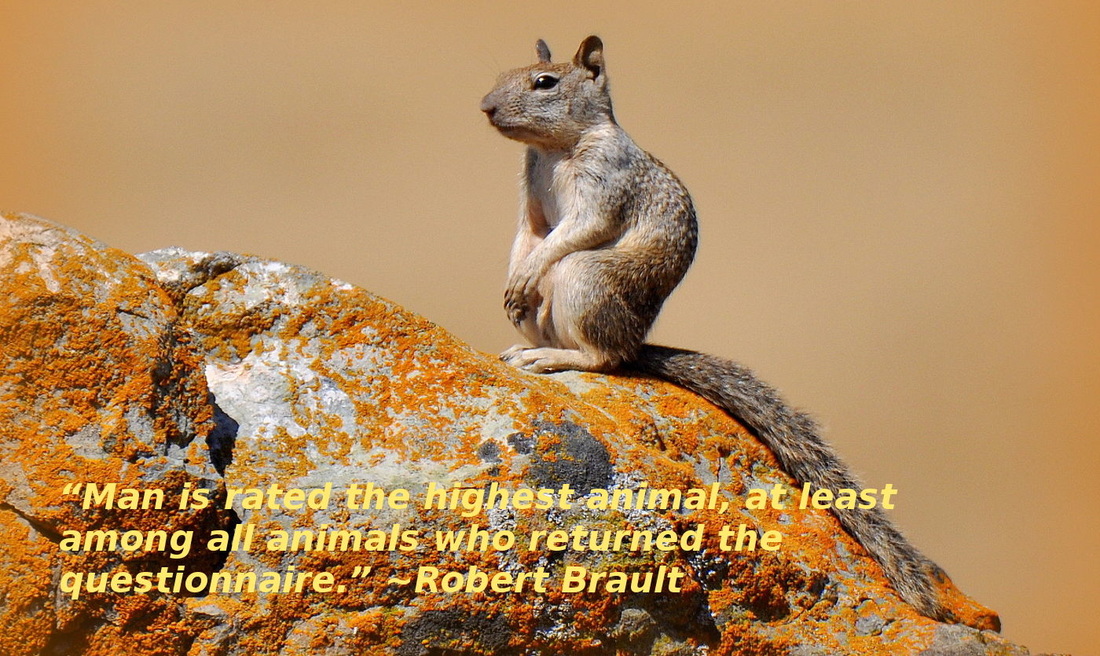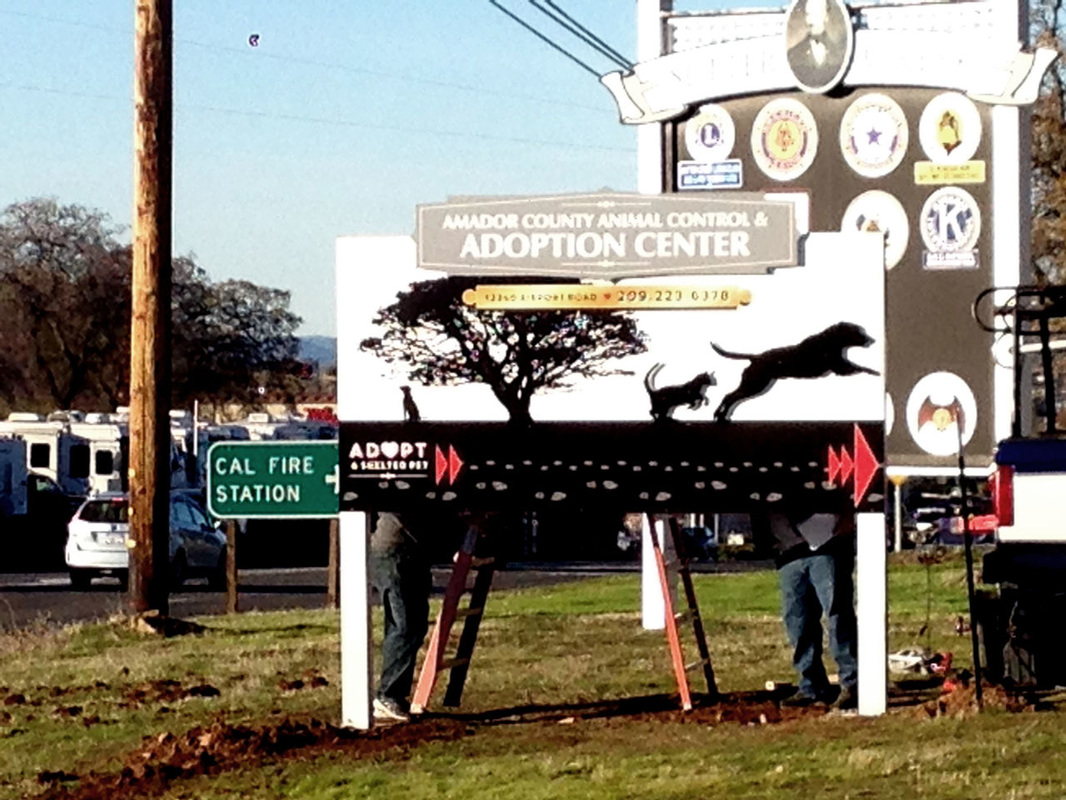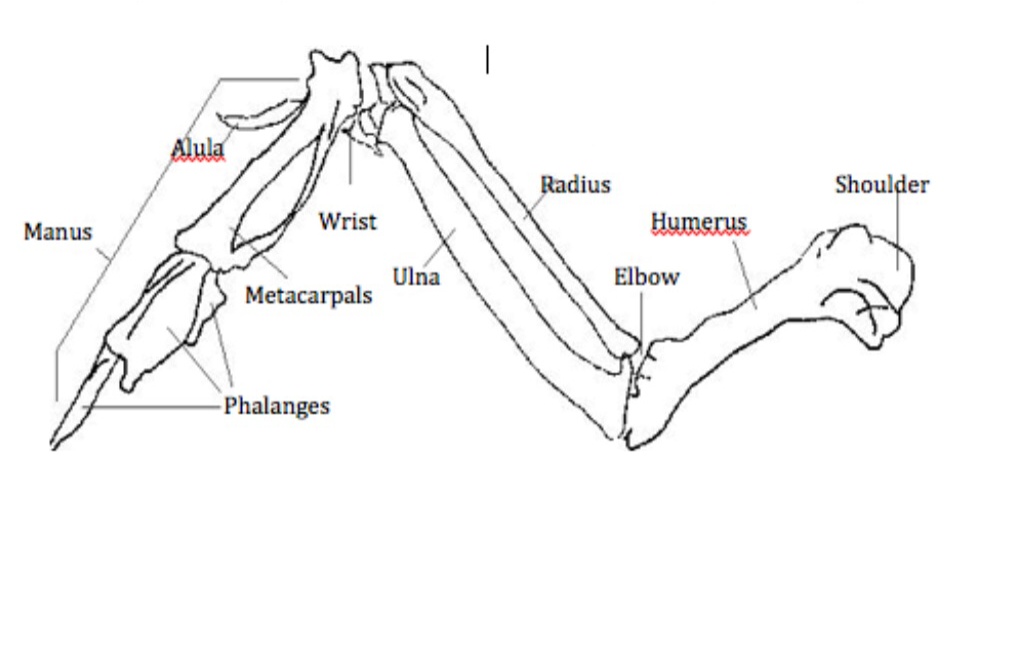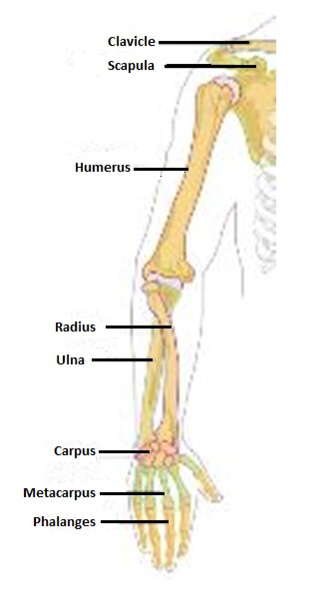|
0 Comments

We were shocked to get two calls reporting an adult Bald Eagle hit and killed on Hwy 88 in Wallace and excited to be able to help with the report on its abandoned nest of Eaglets. We are required to notify Federal Fish and Wildlife and time we handle Eagles, so we started making phone calls as we prepared to respond to the site.
The caller reported that the nest was high up on a pole and one specifically constructed for raptors by P G & E. Our next calls were made to P G & E to see if they would assist in getting us up to the nest. Pat and Steve responded to the site with all of the supplies needed to rescue, treat and contain the Eaglets. We always also observe the scene prior to making any rescue because we wanted to see if a rescue was needed and if perhaps the nest was still attended by one parent. We were worried from the beginning because we do not want to intervene if one parent can still raise their brood, but this is a difficult endeavor for two parents. As raptors grow, it is common for one bird to protect the nestlings as the other hunts and they trade off jobs as the birds grow and the demand for food grows too. Pat was both saddened and relieved to see that the bird that was hit in the road was a turkey. As she observed the huge nest, she also saw that this was the nest of an Osprey with both parents in attendance. Just as we had prepared to do a rescue of amazing birds by making calls, we began making more calls by thanking those who were willing to help and letting them know of the true situation. So many times what we do is not making rescues and being very grateful to the kind and concerned people who call us.
Bring some joy to your world...along with some joy to a cat or kitten looking for their furever home this holiday season. This December adopt a wonderful new per from A-PAL Humane Society at The Feed Barn for $25!! What a great offer! All adoptables are spayed or neutered, up to date on shots with their first worming! Stop by The Fees Barn adapt to meet them and fall in love!❤✨
 By Sandy Garcia, Tri County Wildlife Care We’ve watched their fancy moves and dives all spring and summer, and now there do not seem to be as many at our feeders and flowers. Where have these enchanting, remarkable little hummingbirds gone? The smallest and maybe most unique of all the birds, these little guys bring to us brightly colored plumage, intense activity, and the exceptional control of all their movements in the air. They can hover motionless as they drink from our feeders or suck up the sweet nectar in bright flowers, easily move any direction (forwards, backwards, up, down and sideways), and achieve their full speed in what seems to be an instant. They do not even need to slow down as they approach a perch, but just come in at their full speed and then abruptly stop. These little birds bring us many hours of pleasure and amusement. There are eight species of hummingbirds in North America, and we have six here in Amador County: the Allen’s, Anna’s, Black-chinned, Calliope, Costa’s and Rufous, with the Allen’s and Costa’s being a bit more rare. The feisty Rufous hummingbirds leave us each year in the fall and migrate solo to Mexico, which is why you are seeing a dip in activity in your gardens and at the feeders. The males return in the spring before the females so they can find the best territory and improve the chances of attracting the females for breeding, although they do not form pair bonds. The Rufous hummers claim possession of their feeding territory and spend much of their time sipping syrup and aggressively chasing away intruders, making the loud whizzing noises we hear as they dance around the feeder. Adult males can be identified by their reddish back with green scatters and green shoulders. Underparts are white with some reddish color. They also have bright green crowns and a brilliant scarlet throat. Females have a bright green back with underparts that are also white with rufous (reddish) on the sides. Their face is a dusky color and the throat is whitish, heavily marked with green to bronze. The Anna’s, weighing in at about 4 grams, do not migrate, so if you have a feeder out make sure to continually clean and refresh the syrup during the fall and winter and you will have hummingbirds all year long. Anna’s are the only hummers that sing during courtship and do spectacular aerial displays, looping back and forth in deep dives and vertical descents. They usually lay two tiny eggs in December and January in little nests bound together and fastened to trees and shrubbery by cobwebs. Anna’s can be identified by their iridescent bronze-green back, pale grey chest and belly, and green flanks. The adult male has a crimson red crown and throat which may look dull brown or grey without direct sunlight. Females have iridescent red throats though smaller and less brilliant than the males. Hummers usually live 3-4 years. Predators are not usually an issue with adult hummingbirds, although cats, small hawks, owls and praying mantis may catch and eat them. Ants and bees are not considered predators but are often after the nectar. You can keep an ant guard above the feeder, which is simply a tiny cup that holds water and the ants won’t cross over it to get to the feeder. There are several ways you can make sure you have hummingbirds around your home all year long. You can put up feeders, using packaged syrup or make your own using one part white cane sugar and four parts water. It is not necessary to boil, and you can store the unused syrup in the refrigerator for up to two weeks. Replace if the solution turns cloudy. You can also provide a hummingbird friendly garden, planting a variety of plants that flower during different times of the year. Hummers have no sense of smell so they are attracted to highly visible and nectar producing plants. Some favorites are: azaleas, honeysuckle, lantana, manzanita, morning glory, bee balm, foxglove, hosta, lupine, fuchsia, petunia, shrimp plant, camellias and wild blueberry. Make sure not to use pesticides. The hummingbird’s bill protects its long delicate tongue and aids its entry into a blossom to pump up the nectar. These little birds also eat insects for protein, often capturing them in flight. Make sure you provide them with convenient perching spots because they spend 80 percent of their time sitting on twigs, leafs, stems and such between feedings. Hummingbirds can provide you with many hours of fascinating enjoyment by providing them with safe havens for feeders and nectar producing plants. Enjoy their fearlessness, curiosity and aerial acrobatics. Tri County Wildlife Care, a local nonprofit started in 1994, is dedicated to the rescue and rehabilitation of our native wildlife and helping our community live in balance with wildlife. They envision a world where wildlife and people thrive together. For more information call (209) 283-EAGL (3245) or visit pawspartners.org. Copyright © 2015 Amador Ledger Dispatch

As of 11/20/15 which was just 4 days before the season was to begin, trapping of bobcats for pelts was made illegal in California. A person in a rural community discovered a bobcat trap and revealed that our state allowed unrestricted trapping of bobcats whose pelts were being exported to make mittens. Public outcry was heard by Assemblyman Richard Bloom and the Bobcat Protection Act of 2013 (AB1213) began its way through legislature with the goal of a statewide ban of pelt trapping of bobcats. We realize that predators are essential in our ecosystem and our balance relies on their survival. The bobcat pictured here was found on the doorstep of a woman in Murphys. We asked if she was certain that she had a bobcat and not a feral cat, and she said she was SURE! She explained that she believed nearby construction and blasting had probably destroyed this cat's home. Pat and Steve got this bobcat and rehabilitated her until she was ready for release. These animals are shy and not often seen, so knowing their numbers is difficult. We do know that even as babies, they are strong, ferocious and incredibly beautiful.
After an often frustrating battle, the Amador County Animal Control and Adoption Center finally has their new sign. This marks a big step in our efforts to bring the public to the center from Highway 49 in Martel, to give the animals an even better chance to find new furrever homes!

Water resistant like water off a duck's back? This Red Tailed Hawk got awfully wet in the recent rains. She had a broken Radius which was wrapped to heal and she is now in an outside enclosures stretching her wings.
We say she because this is a larger bird. It is very difficult with most raptors to tell their sex, but with most of them, the larger birds are females. The anatomy of a human arm and a bird wing are very similar. Both have a Radius and Ulna and frequently in birds if one or both of these bones are fractured, a wrap can work to heal them if the fractured bones are aligned.
This bird is hopping and taking short flights to higher perches, so we are hopeful. Birds preen to spread a waxy substance through their feathers from a gland on their tail base which helps to make them water resistant. They also have special feathers called "powder downs" which are feathers that are constantly disintegrating into waterproof powder. This powder adds to the water-resistant quality of their feathers.
A huge thanks to Jennifer from Stockton who brought this beautiful bird to us for a second chance at life and FREEDOM!!
BAKED YUMMIES NEEDED! Santa Paws is coming to The Feed Barn Saturday, December 5th! And there's a BAKE SALE there, too! A-PAL Humane Society and the critters need your help with donated baked goods to sell! Whip up some love and deliciousness for the animals of Amador County this holiday season!

Yes we have Bald Eagles in our area and the best season for viewing is Winter. We have resident Bald Eagles, but this time of year Bald Eagles are flying thousands of miles from the North. They fly away from water sources that freeze over to the south following waterfowl on the pathway to Pardee and Camanche Reservoirs where these lakes offer good food sources and limited human interaction. Places to view them are: New Hogan Lake- 2713 Hogan Dam Road, Valley Springs, CA, 95252 209-772-1343 US Army Corp of Engineers managed, Calaveras Visitors Bureau 209-736-0049 Lake Camanche- 1700 Wade Lane, Valley Springs, CA, 95252, 209-763-5178 Pardee Lake Recreation Area, 4900 Stony Creek Road, Ione, CA, 95640 209-772-1472 Get out there and enjoy the beauty of nature that surrounds us!
|
Archives
April 2024
Welcome!PawsPartners.org is an alliance formed between A-PAL Humane Society of Amador County and Tri County Wildlife Care, the latter serving native wildlife in Amador, Calaveras, and Eastern San Joaquin Counties. Since inception we have added the Shelter Partners volunteer group, who support our local Animal Control organization, and Amador County Animal Response Team (ACART). Categories
All
|











 RSS Feed
RSS Feed

